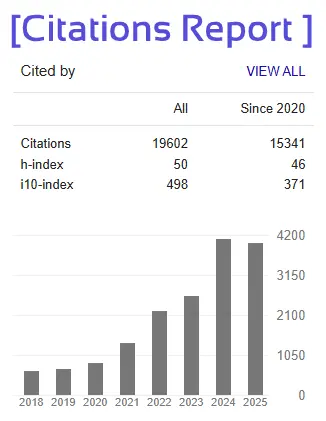REAL-TIME EARTHQUAKE PREDICTION USING CONTINUOUS CONVOLUTIONAL NETWORKS
Dr.T.Prabakaran1, Anjali K2, Ruchitha K3, Vipunsai K4, Bhavani M5
1Professor, Computer Science & Engineering, Joginpally B.R.Engineering College,
2Computer Science & Engineering, Joginpally B.R.Engineering College, 3Computer Science & Engineering, Joginpally B.R.Engineering College, 4Computer Science & Engineering,
Joginpally B.R.Engineering College, 5Computer Science & Engineering, Joginpally B.R.Engineering College
ABSTRACT
Traditional earthquake prediction methods were based on physical and geographical properties before sensor networks were invented. The oldest method was the observation of animal’s behaviour to predict any unusual changes. Then it improved to measuring low-frequency electromagnetic waves that may be emitted due to stress accumulation in rocks. Seismographs and instrument-based monitoring were introduced in the early 1900s to measure the intensity of the earthquakes which quickly became the global standard and also helped in study of wave propagation, but they were just used for aftermath and could not help in predicting before the event occurred. As there was a constant increase in the population in seismic active areas the need for accuracy and timeliness increased. With the advent of sensor networks, real-time seismic data became available from many geographically distributed sources. This created an opportunity to move beyond vague forecasting and toward predictive modelling. In our project, we aim to leverage this shift by integrating modern sensor data with machine learning models capable of recognizing early seismic patterns and anomalies. Our system preprocesses raw seismic waveform data by merging multiple HDF5 chunks and extracting 35 critical features, including magnitude, depth, location, signal-to-noise ratio, and wave arrival times.
Keywords: Artificial Intelligence (AI), Deep Learning (DL), Convolutional Neural Networks(CNN), Machine Learning (ML), Primary Wave(P-wave), Secondary Wave (S- wave).







